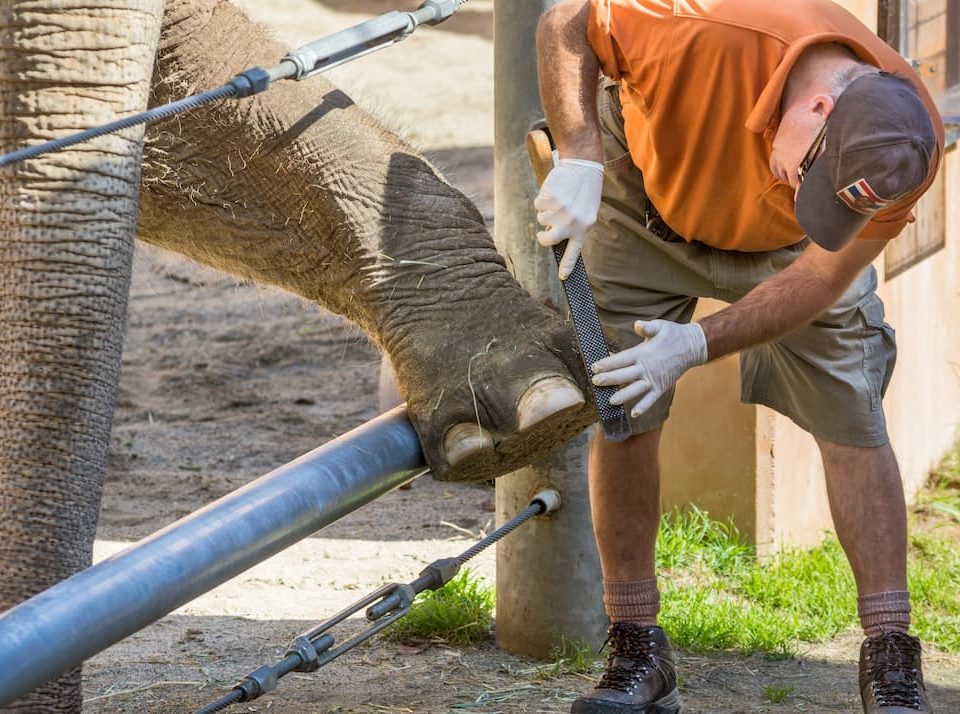Fighting Against Extinction

New in the Zoo
February 1, 2020
Zoo Update with Denise Verret
February 1, 2020
Left to right: California condor, mountain yellow-legged frog, and peninsular pronghorn Photos by Jamie Pham
Given the recent news of the Australian bushfires, rainforest and coral reef loss, and other environmental disasters, it is undeniable that our biodiversity is in crisis. The alarming truth is that we are living in the sixth mass extinction event to occur in Earth’s history. The extinction rate today is 100 to 1,000 times higher than background rates because humans are changing the environmental conditions faster than many species can adapt.
However, significant steps are being made to reduce our negative impacts on the world. China, the largest contributor of greenhouse gas emissions, is rapidly transforming into the global renewable energy superpower. Green energy is finally becoming more cost effective than non-renewable sources, and annual investment in conservation today is nearly ten times that of the early 2000s. But for species that go extinct today, none of that matters. This is why zoos are critical to the fight against extinction. Zoos are “animal arks,” where insurance populations ensure that species remain on Earth in healthy, genetically diverse populations that maintain the natural behaviors stored in their DNA. As humans improve the environment and mitigate threats in the wild, zoo animals can help repopulate areas they once occupied. The Los Angeles Zoo has been at the forefront of this work with the California condor, mountain yellow-legged frog, and Peninsular pronghorn, and numerous examples exist in zoos around the world.
This week, the Chinese paddlefish was announced as the first official extinction of 2020. There is no way to bring back this species, but the L.A. Zoo is proactively ensuring that others in our collection, including Asian elephants, Indian gharials, Catalina Island rattlesnake, Western lowland gorillas, and many others do not meet the same fate.




